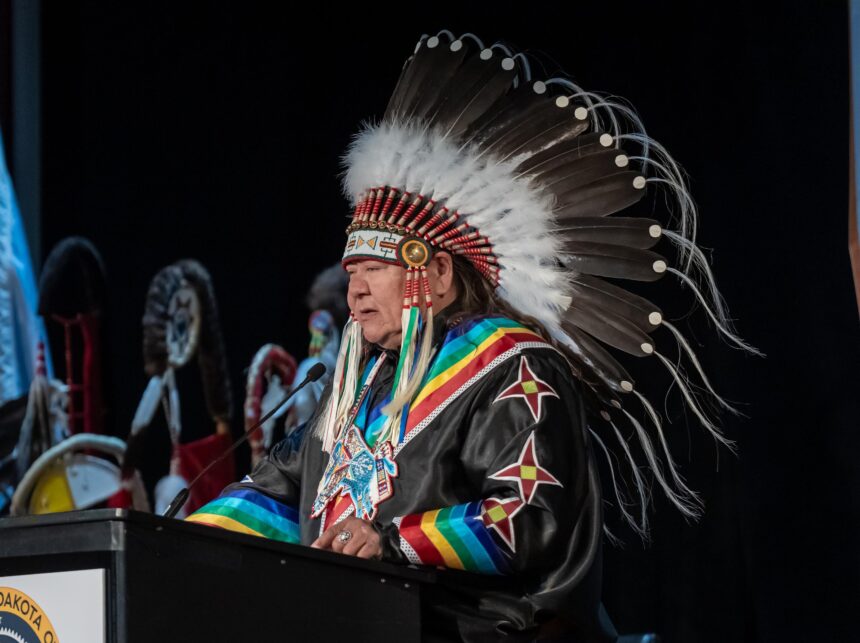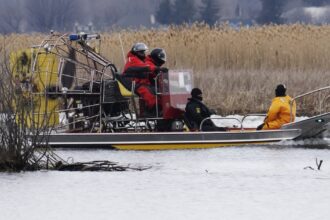In a historic move set to transform North American commerce, Canadian and U.S. officials unveiled plans yesterday for a pioneering Indigenous Trade Corridor that will create a virtually border-free zone for First Nations and Native American businesses. The initiative, announced during a ceremony in Ottawa, represents the culmination of decades of advocacy by Indigenous leaders seeking economic sovereignty that honors pre-colonial trading relationships.
“This corridor isn’t just about commerce—it’s about recognizing that our peoples conducted trade across these territories long before borders existed,” explained Grand Chief Martha Blackfoot of the Assembly of First Nations. “What we’re witnessing today is the restoration of economic rights that were systematically dismantled through colonization.”
The ambitious project will establish specialized customs protocols at designated border crossings spanning from British Columbia to New Brunswick, allowing Indigenous-owned businesses to move goods with minimal restrictions. According to Canada’s Department of Indigenous Services, the program could generate upwards of $3.7 billion in economic activity within its first five years while creating approximately 18,000 jobs in often-underserved communities.
Canadian Prime Minister addressed the significance of the agreement: “For too long, arbitrary borders have divided Indigenous nations and restricted economic potential. This corridor acknowledges that Indigenous commerce predates our modern nation-states and deserves special recognition.”
The initiative arrives after three years of intensive negotiations between Canadian political representatives, U.S. officials, and Indigenous leaders from both countries. Particularly contentious were concerns about potential security gaps and tax implications, issues that were addressed through a sophisticated digital tracking system and special tariff arrangements.
Economic analysts note that the corridor represents more than symbolic reconciliation. “We’re talking about practical economic development in communities that have been systematically excluded from mainstream economic opportunities,” explained Dr. Sarah Reynolds, economist at the University of Toronto. “The ripple effects could transform the economic landscape for hundreds of Indigenous communities.”
The program will initially focus on traditional goods including handcrafts, agricultural products, and sustainably harvested resources. However, plans already exist to expand into technology, renewable energy, and tourism sectors—areas where Indigenous businesses have shown remarkable growth despite historical barriers.
“What’s particularly noteworthy is that this isn’t charity or government handouts—it’s the removal of artificial barriers to let Indigenous entrepreneurship flourish naturally,” noted Chief William Eagle of the National Congress of American Indians during the signing ceremony.
Implementation begins next spring with a pilot program at six border crossings, with full implementation expected by 2027. Business analysts project that if successful, the model could influence similar initiatives globally, particularly in regions where Indigenous populations span international boundaries.
The corridor represents a paradigm shift in how governments approach Indigenous economic development. Rather than treating Indigenous businesses as entities requiring assistance, the initiative acknowledges their inherent rights to conduct commerce according to traditions that predate current national boundaries.
As this ambitious project moves forward, observers across the political spectrum are watching closely. Will this border-free initiative finally deliver meaningful economic sovereignty to Indigenous communities, or will bureaucratic complications undermine its lofty goals? The answer may reshape our understanding of borders, sovereignty and reconciliation for generations to come.










